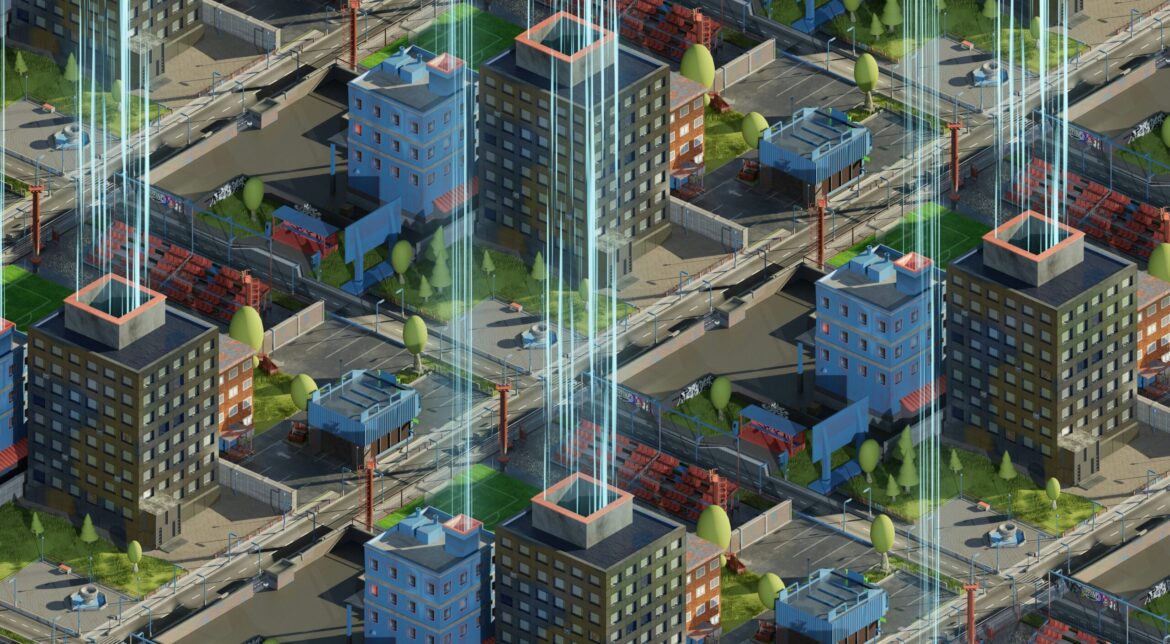The commercial real estate (CRE) sector has undergone a dramatic transformation since the onset of the COVID-19 pandemic. As businesses continue to adapt to new work models in 2023, the demand for traditional office spaces is steadily declining, while flexible workspaces, hybrid office solutions, and coworking spaces are on the rise. This shift is reshaping the CRE landscape, particularly in major metropolitan areas like New York, Chicago, and San Francisco, where businesses are rethinking their office needs and leveraging innovative solutions to accommodate remote and hybrid workforces.
The pandemic forced many companies to embrace remote work on a large scale, and while some businesses have returned to traditional office setups, many have opted for hybrid or fully remote models. According to recent reports from CBRE and JLL, office space vacancy rates have remained elevated in major cities, signaling a fundamental shift in how businesses view their physical office requirements. In cities like New York and San Francisco, office vacancy rates have climbed to unprecedented levels, and leasing trends reflect this changing demand. Businesses are now seeking more flexible, cost-effective solutions that allow employees to work both from the office and remotely.
One of the most significant changes in the commercial real estate sector is the growing demand for flexible workspaces. Coworking spaces, which offer short-term leases, shared amenities, and flexible terms, have become increasingly popular as businesses reassess the need for large, long-term office leases. Companies that previously occupied large office buildings are downsizing or opting for flexible workspaces, which provide greater scalability and reduced overhead costs. Coworking operators, such as WeWork and Regus, have seen an uptick in demand for their services, especially from small to mid-sized businesses and startups that require flexibility but still need a professional environment for collaboration and meetings.
Hybrid office solutions are another emerging trend in commercial real estate. As businesses adopt hybrid work models, where employees split their time between working remotely and in the office, companies are reimagining the design and function of office spaces. The traditional office layout, with rows of individual desks and cubicles, is being replaced with collaborative, open spaces that foster creativity and teamwork. These spaces often include shared workstations, meeting rooms equipped with video conferencing technology, and areas for social interaction. This shift is reflected in leasing trends, where businesses are now more interested in flexible, agile office layouts that can accommodate the needs of a hybrid workforce.
In response to these changes, commercial real estate developers are repurposing office buildings and urban spaces to better align with the evolving needs of businesses. In cities like Chicago and New York, developers are transforming vacant office buildings into mixed-use spaces that include coworking areas, residential units, and retail establishments. This adaptive reuse of office buildings is not only helping to revitalize underutilized properties but also contributing to the broader trend of urban regeneration. By repurposing commercial real estate, developers can help meet the growing demand for flexible workspaces while also contributing to the revitalization of city centers.
Moreover, this transformation is leading to a reimagining of urban spaces. In places like San Francisco, where many businesses have moved away from large office leases, former office buildings are being redeveloped into flexible, multifunctional spaces that can serve a variety of purposes. These developments are often designed to cater to a range of tenants, from corporate offices to creative startups and even residential units. The integration of green spaces, fitness centers, and other amenities is also becoming more common in these repurposed buildings, as businesses prioritize employee wellness and work-life balance in their hybrid work models.
For commercial real estate professionals, this shift presents both challenges and opportunities. Developers, leasing agents, and property owners must adapt to the changing needs of tenants, offering more flexible leasing options and designing spaces that align with new work dynamics. In response to the growing demand for flexible office solutions, many landlords are now offering short-term leases, coworking space memberships, and customized office configurations. For businesses, this flexibility provides an opportunity to scale up or down based on shifting workforce needs without the burden of long-term commitments.
The rise of hybrid and remote work has also spurred growth in suburban and secondary markets. Many businesses are moving away from high-cost urban centers to more affordable suburban areas, where the demand for flexible office space is growing. This trend is particularly evident in cities like Chicago and its surrounding suburbs, where businesses are opting for office locations that are closer to residential areas, reducing commute times for employees who are required to be in the office occasionally. This shift is changing the dynamics of the commercial real estate market, as developers and property owners begin to focus on suburban office developments in addition to traditional city centers.
Key statistics underscore this growing demand for flexible office spaces. According to a recent JLL report, flexible workspaces now account for a significant portion of office leasing activity in major cities. While the overall office space market has seen a decline in demand for traditional leases, the flexible workspace market has seen a steady increase in interest. Leasing trends also indicate that businesses are opting for smaller, more flexible spaces that can accommodate their hybrid workforces while reducing costs.
In conclusion, the commercial real estate sector in 2023 is undergoing a significant transformation as businesses embrace new work models in response to the pandemic. The shift from traditional office spaces to flexible workspaces, hybrid office solutions, and coworking environments is reshaping major metropolitan areas like New York, Chicago, and San Francisco. As companies continue to adapt to remote and hybrid work, commercial real estate developers are repurposing office buildings and urban spaces to meet these new demands. With the rise of flexible workspaces and innovative office solutions, the future of commercial real estate looks poised for a more adaptable, dynamic, and collaborative landscape.

